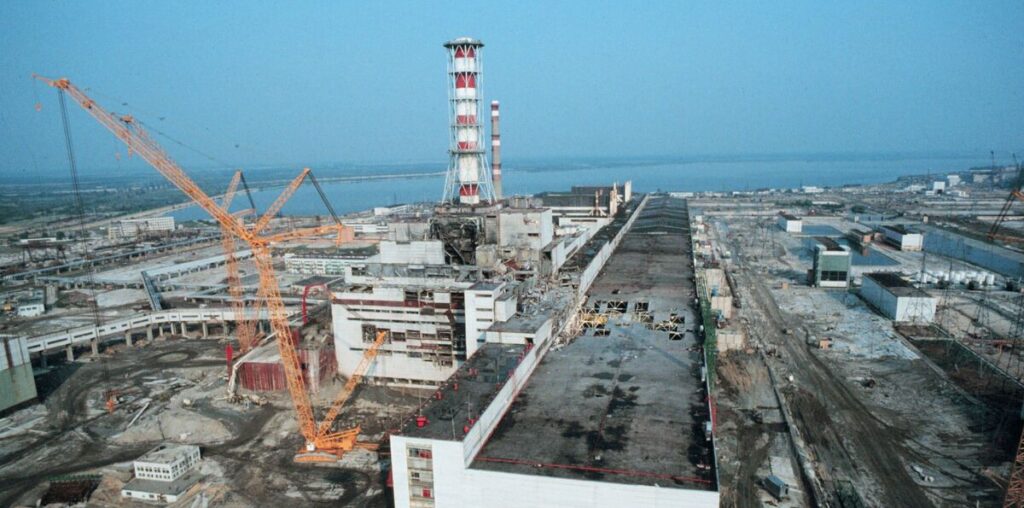Civilisation may be able to safely return to Chernobyl, the site of the 1986 Soviet nuclear disaster, after scientists discovered frogs living there were no longer being harmed by radiation.
Researchers from the University of Oviedo in Spain have found that eastern tree frogs living in the Ukrainian city – marked out by their blackened skin as a result of the historic radiation – live just as long as their green counterparts, and they don’t age any faster either.
The scientists believe that that indicates the 1,000 sq mile exclusion zone may be fit for human habitation once again.
Germán Orizaola, co-author of the study, said: “The message of our study is that current radiation levels experienced by tree frogs in Chernobyl do not affect their age or ageing processes.”
The distinctive black skin of the Chernobyl frogs, first discovered in 2022, is a consequence of mutations from the radiation emitted after the meltdown at the nuclear power plant – the worst nuclear catastrophe in human history.
However, Mr Orizaola said frogs hopping around the city today are not black because they are still radioactive. Rather, their black skin is just a manifestation of mutations that happened around the time of the disaster.
“We do not think that radiation is hurting these frogs now”, he explained.
“One of the main reasons should be the decay in radiation levels during the last 38 years. More than 90 percent of the radioactive material released by the accident has already decayed and disappeared from the zone.”
He added that swathes of the exclusion zone “now maintain radiation levels that are comparable to background or ‘natural’ radiation levels in many places in the world, even lower than some areas.”
“Thus, reoccupation of most of the zone by humans should be possible at any time,” he concluded.
The exclusion was put in place by the Soviets in the wake of the explosion of the Number 4 reactor on the nuclear site.
Thirty firefighters and operators died in the three months following the meltdown, however many more suffered the consequences of the radioactive contamination in the years that followed.
Even Britain was impacted by the nuclear fallout, with 10,000 UK farms forced to monitor radiation levels of their livestock. In Wales and Cumbria, restrictions weren’t lifted on sheep radiation testing on some farms until 2012.

